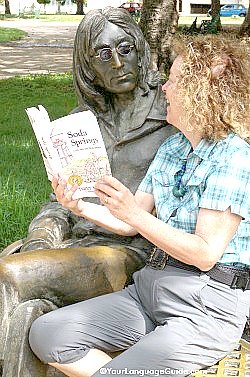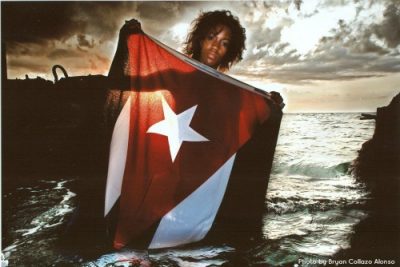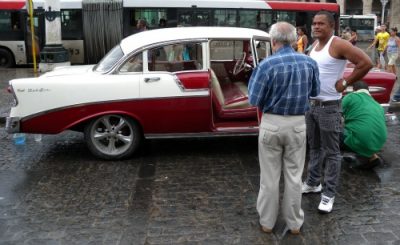 We’re sightseeing in Havana. What’s this . . . a public park honoring John Lennon, complete with a life-sized bronze statue? Yep, that John Lennon, the Beatle (who’s music Fidel Castro condemned in the ’60.)
We’re sightseeing in Havana. What’s this . . . a public park honoring John Lennon, complete with a life-sized bronze statue? Yep, that John Lennon, the Beatle (who’s music Fidel Castro condemned in the ’60.)
Then there are the homages to Mother Russia’s Cuban years: the plaque honoring Julius and Ethel Rosenberg, the American couple executed for spying for Russia; the huge monument to Vladimir Lenin, Communist philosopher and theorist.
As we wind down from shaking hands with John in Parque Lennon, our guide tells us we’re close to her home. Would we like to see it? And meet her daughter?
Her invitation brings back memories of wending through the back alleys of Hanoi into homes of friends of our Vietnamese guide, of eating dinner with his family in his home, of chatting with his wife, father, and son – a real glimpse into life in Hanoi.
Chick here: we’ll peek into the worlds of tour guides in Havana . . . and Hanoi


 So what are Cuban people like today? After a week’s tour I’m not in a position to make sweeping generalizations. I can at least offer a few experiences.
So what are Cuban people like today? After a week’s tour I’m not in a position to make sweeping generalizations. I can at least offer a few experiences. Day one in downtown Havana: sightseeing here we come. I’m barely out of the van when a guy waves me over to a gorgeously restored Chevy: a ‘56 Bel Air sports sedan.
Day one in downtown Havana: sightseeing here we come. I’m barely out of the van when a guy waves me over to a gorgeously restored Chevy: a ‘56 Bel Air sports sedan.